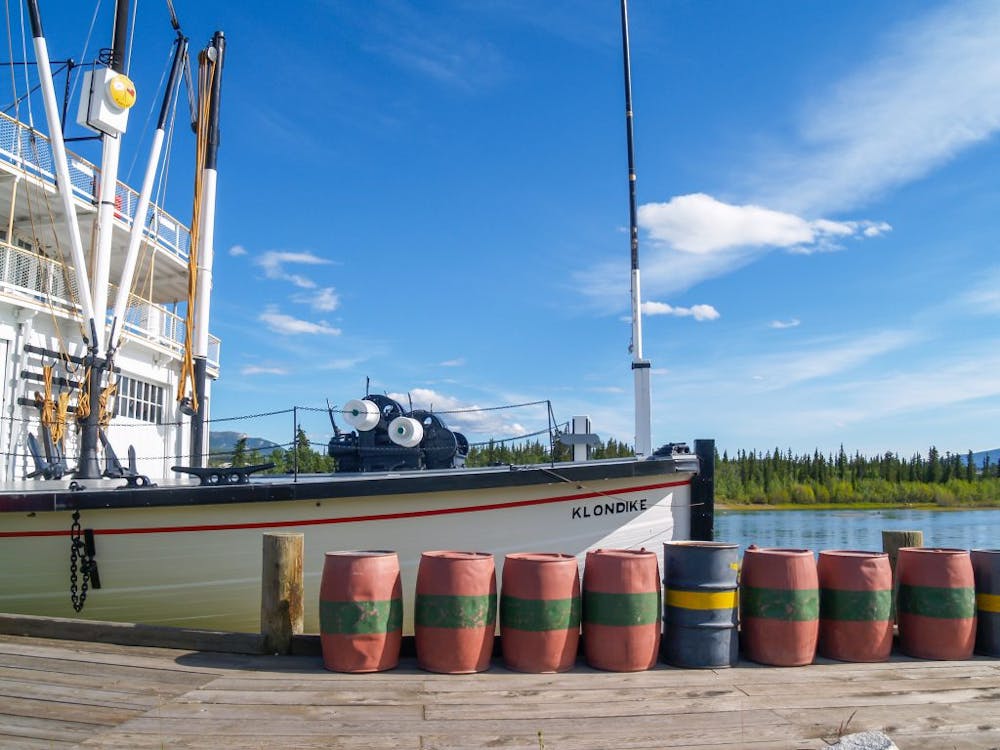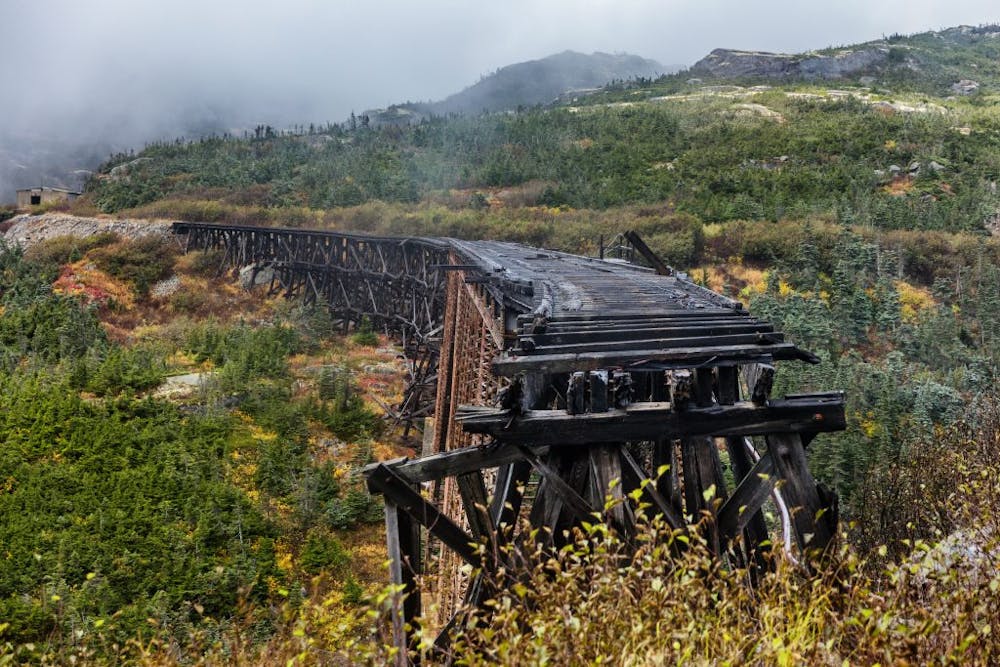Gold Mining in Modern Yukon and Alaska
Gold mining has historically formed a vital plank in the economies of Yukon and Alaska. While a number of small gold rushes occurred in both regions during the latter half of the 19th century, the Klondike Gold Rush in the late 1890’s and the subsequent Alaskan gold rushes of the 1900’s put both regions on the map as a hub for gold mining and settlement. While the gold rush era is long over, both Alaska and Yukon remain major gold producers, aided by modern technology that allows the extraction of gold deposits that were inaccessible before.
Gold and metal mining continue to be a major economic force in both Yukon and Alaska. Here is a brief overview of the modern gold mining industry in Alaska and Yukon.
Gold Mining in Modern Yukon and Alaska

Gold mining in both Alaska and Yukon has historically been limited by logistics. The remote location of both regions combined with poor transportation links prevented heavy mining equipment from being brought in during the initial gold rushes. During this period, most gold was extracted via surface mining using whatever tools they could bring in. Many early gold miners were able to pan for gold in streams as well as collect gold nuggets from riverbeds; the Nome Gold Rush was infamous for featuring gold nuggets that could be picked up on the beach.
In Yukon, early gold deposits came in the form of placer gold, gold nuggets and dust that was located in stream beds. Bench gold, located in hilltops, became a more popular form of gold mining during the latter stages of the Klondike Gold Rush, as the hilltops had been overlooked during the initial migration. A problem specific to Yukon is that gold was unevenly distributed in locations where it was found, which made it difficult to predict where good mining sites could be found. In most cases, exploratory digging was the only way to confirm the presence of gold in a particular area.
Initial mining in Yukon and Alaska began with clearing vegetation and debris from the ground, then digging “prospect holes” in the hopes of locating a vein of gold, often called a “pay streak.” If the prospect holes seemed like they might be productive, proper digging would begin with the goal of reaching the bedrock, where much of the gold was located.
Yukon’s subarctic climate meant that a layer of permafrost existed only six feet below the surface. This would ordinarily make gold mining difficult or impossible during the winter. However, the pressure of the gold rush meant that miners were unwilling to wait until summer to exploit their claims. While technology had been developed to deal with the problem of permafrost mining, such as hydraulic stripping and dredging, it required complex equipment that could not be transported into Yukon due to a lack of roads.
As an alternative, miners used wood fires to soften permafrost to a depth of 14 inches, then manually extracted the remaining gravel. This process continued until the miners reached the gold. This had the side effect of spewing toxic gases into the air; miners used bellows and other means to protect their lungs. Later on during the Klondike Gold Rush, miners developed steam thawing, a faster method of thawing permafrost. This involved using a furnace to pump steam directly into the ground, which was more efficient than lighting fires. However, due to the fact that steam thawing required additional equipment, it was not a popular technique during the gold boom.
In the summer, miners would use water to sluice dirt from holes, which separated out gold from dirt due to gold’s heavier weight. Sluices were wooden boxes that were 15 feet long on average, and up 20 sluices were constructed for individual mining operations. Sluices also required considerable amounts of water, which was sourced by building a damn and using ditches. Bench gold mining on hilltops could not be sluiced because it was impossible to pump water uphill, so miners used “rockers,” boxes that they would shake back and forth to separate gold nuggets from dirt.
Improved transportation connections made large-scale gold mining possible even after the gold booms of Yukon and Alaska faded. The first major example of this was the Alaska Railroad, which was completed in the 1920’s and connected Fairbanks to Anchorage. Fairbanks had seen its population collapse following the end of the gold rush there, and the Alaska Railroad allowed heavy mining equipment to be transported into the Alaskan Interior for the first time and caused an economic revival in Fairbanks.
Another major milestone for gold mining in both Alaska and Yukon was the completion of the Alaska Highway in 1942. The first land route connecting the Alaskan Interior with the continental U.S., the Alaska Highway ran through Whitehorse, Yukon and made the transportation of men and material into both regions far faster, safer, and more efficient than ever before. The economic boom created by the Alaska Highway caused Whitehorse to grow rapidly, outpacing Dawson City, the historic center of mining in Yukon. In recognition of this, Whitehorse was designated the territorial capital of Yukon in 1953.
Today, gold mining in both Alaska and Yukon is carried out with the aid of hydraulic mining techniques and overseen by large corporations. Both regions are among the most productive gold producing regions in the world, and gold mining in Yukon and Alaska continues to draw thousands of workers every year, forming a vital plank in the local economy.
Conclusion

Gold mining remains an important part of the Yukon and Alaskan economies. With millions of dollars of gold mined from each region every year, both Yukon and Alaska have remained economic powerhouses and significant cornerstones of the American and Canadian economies. While the days of easy gold mining and gold rushes are long over, miners and corporations continue to profit from the extraction of gold in northwestern North America.
